What should I feed my dog?
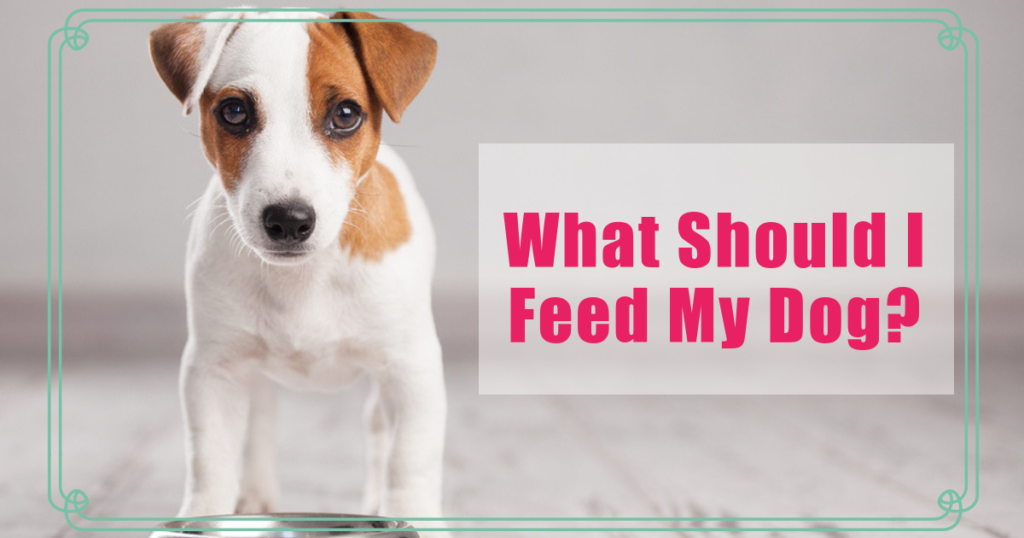
What you feed your dog is one of the most important decisions you can make for your dog.
Nutrition is the cornerstone of health. To achieve a long and healthy lifespan, digestive health is critical. The balance of bacteria in your dog’s digestive tract is key for maintaining all body systems including hormonal balance, immune function, and even mental health.
I am going to give you my opinion of the best foods you can feed your dog. As you read this article, keep in mind that there may be limitations to feeding a ‘perfect’ diet for your dog. For people with big dogs or multiple dogs, the cost of certain diets may be prohibitive. For busy families, the time of preparation may be a limiting factor. Do your best and that’s enough. Most of all, know that your dog is lucky to have your love and dedication.
Overview of the pet food industry and the disadvantages of processed foods.
As most of you know, dogs were not fed kibble 100 years ago. They were fed table scraps and leftovers from their human companions. When we began to industrialize our own food (think cereal and canned food), we began to industrialize dog food as well.
Just like human diets, this has come with mixed consequences. Because of processed foods, it is less common for humans and dogs to suffer from vitamin/mineral deficiencies. Unfortunately, these processed foods have had detrimental effects on both humans and dogs. For this conversation, we will stick to dogs!
Let’s consider dog kibble. These formulations tend to be high in carbohydrates, even if grain free. To make kibble crunchy, it must contain a carbohydrate source. This high carbohydrate diet tends to move through the gastrointestinal tract more quickly compared with its unprocessed meat counterpart. Over time, this increased transit time changes the types of bacteria in the gastrointestinal tract.
This change can result in an imbalance of bacteria (dysbiosis). This may cause or accelerate certain disease states. Many dogs that are transitioned to a raw diet see an almost immediate resolution of symptoms associated with allergies and the gastrointestinal tract. This is likely attributed to a change in the types of bacteria that can flourish with a slower transit time and a lower carbohydrate level.
A word about grain
This discussion of dog food would not be complete without the mention of grain. When it comes to dogs, I think the individual variance is quite high. Some dogs thrive with grain and some tend to be very sensitive.
I prefer rice and other ancient grains like millet, quinoa, and amaranth and I avoid wheat, corn, and soy, which I have found to be common allergens. Many dogs with chronic ear infections may see resolution when grains (especially soy, corn, and wheat) are removed from the diet.
While people hold very strong beliefs in support and against grain, I think it is most important to treat your dog individually. In my practice, I tend to eliminate grain for my allergic patients and add grain for a patient with chronic diarrhea. In the end, my patient will always reveal what works for them.
Raw Food Controversy
Raw diets have been villainized in veterinary medicine. I want to take a minute to defend veterinarians that are adamantly against them. They feel this way because of information that has been given to them about raw diets. Their only interest is to protect your dog, yourself and your family.
Raw diets do come with some inherent risk of bacterial disease (mostly for people). Honestly, so do most commercial kibbles (notice the constant recall of pet foods over bacterial contamination). The problem is, this bacterial disease is more likely to affect you and your family than your dog.
Dogs have intestinal tracts that were designed to eat slightly older (not rotten) meat. Pathogenic bacteria that can be so deadly for people can cause little to no disease for dogs. Studies were done on the stool of dogs fed raw diets and have proven that pathogenic bacteria in raw diets were present in the stool. This could pose a human health risk. Veterinarians are public health officers and feel responsible for the safety of people as well.
If your veterinarian does not support your choice in a raw diet, they are doing it out of true concern for you.
I, however, support raw diets. I have seen too many success stories on raw food diets to discount their merit. Another great aspect of raw diets is the wide variety of commercially available products that are nutritionally balanced. These diets come in patties, rolls, freeze dried and dehydrated. It is important to note IF the formulation is nutritionally balanced. The manufacturer must put a disclaimer on the label if it is balanced to AAFCO standards or not.
If you have small children in your house, please be aware of the risk of these diets. Also, please use common sense food safety and hygiene when feeding a raw diet.
It is important to note that not all dogs thrive on a raw diet. If your dog doesn’t do well on a raw diet, it’s ok. You haven’t failed. Some dogs just do better on a slightly cooked, completely cooked or more processed diet. Listen to your dog’s body.
Home cooked
Home cooked diets are great. Let’s be clear, they are more work than feeding a commercially prepackaged diet. While I have several clients that home cook for their dogs, many find the time resources are too great.
If you have the time and your dog does well on a home cooked diet, there is a great resource I use called BalanceIt. This is an online calculator that helps you create and balance recipes for dogs and cats. Balancing a diet can be tedious and this takes all the guess work out. Another upside is that you only need the one BalanceIt supplement.
I home cooked for my pug for many years and out of all the supplements and balancing methods I have tried, BalanceIt is the easiest.
Canned
I have recently changed by stance on canned food for dogs. I used to support the use of canned feeding as it is less processed than kibble and contains more moisture. However, recent data has proven the levels of BPA in dogs fed a canned diet are quite high. This feels like an unacceptable risk as BPA is a known disruptor of hormonal balance.
Kibble including air baked kibble
Kibble, depending on brand, is often the most economical way to feed your dog. It’s also the most convenient. Its processed state makes it the least optimal. If you are using kibble, I recommend getting the highest quality brand you can. Grain free is not always better for all dogs.
Air baked kibbles are becoming more popular and are slightly less processed.
Many of my clients use a combination of raw and kibble to help make diets more affordable. It is ok to feed both.
Adding fresh whole foods
This is a great way to increase the quality of any diet. Fresh whole foods are a great source of antioxidants, vitamins, and minerals. Organic berries, eggs, sardines and lean meats are great to supplement any diet. Remember to avoid onions, raisins, grapes, macadamia nuts, xylitol, and chocolate.
Also, avoid very fatty foods such as bacon to ensure that your dog doesn’t get pancreatitis. My pug often enjoys a small amount of what I am eating. His favorites include bananas, carrots, apples and scrambled eggs. But honestly, he will eat anything.
Prescription diets
I rarely use prescription diets. There are currently only a few patients in my practice utilizing prescription diets. I use them to diagnose difficult to decipher food allergies and other very extreme cases. If your pet does need a prescription diet, I recommend using Royal Canin. They are a European company and have slightly improved formulas, in my opinion. Blue Buffalo has come out with a prescription line as well. I have limited experience with it, as I hardly use prescription diets.
Best Brands
Good news! There are so many great brands of dog food out there! However, it can be a little overwhelming. I have compiled a list of my favorite brand names for each class of food that you can grab here at this link.
Remember to do what works for you and your dog.

By signing up for our newsletter, you consent to recieve emails and SMS messages for marketing purposes, and agree to our Privacy & Cookie Policy. We will never sell/share your information!
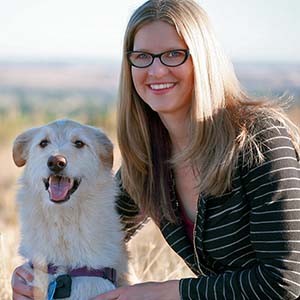
Hey there, I’m Dr. Angie
I help empower pet owners to become medical advocates for their pets.
Let's get started!
What would you like to read?
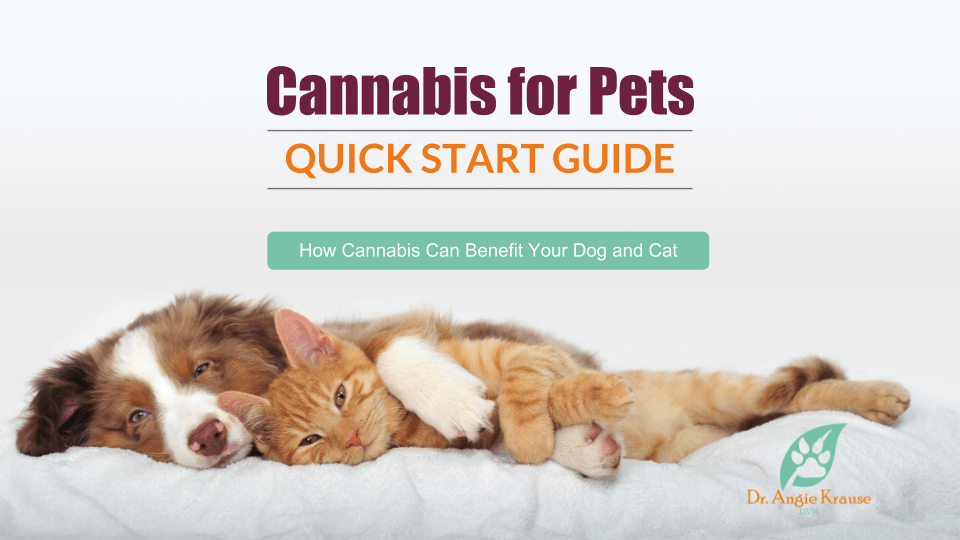
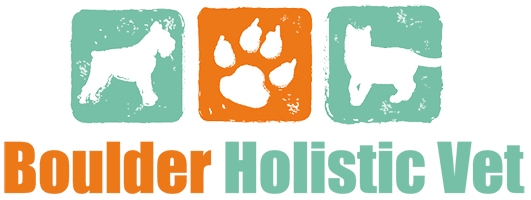





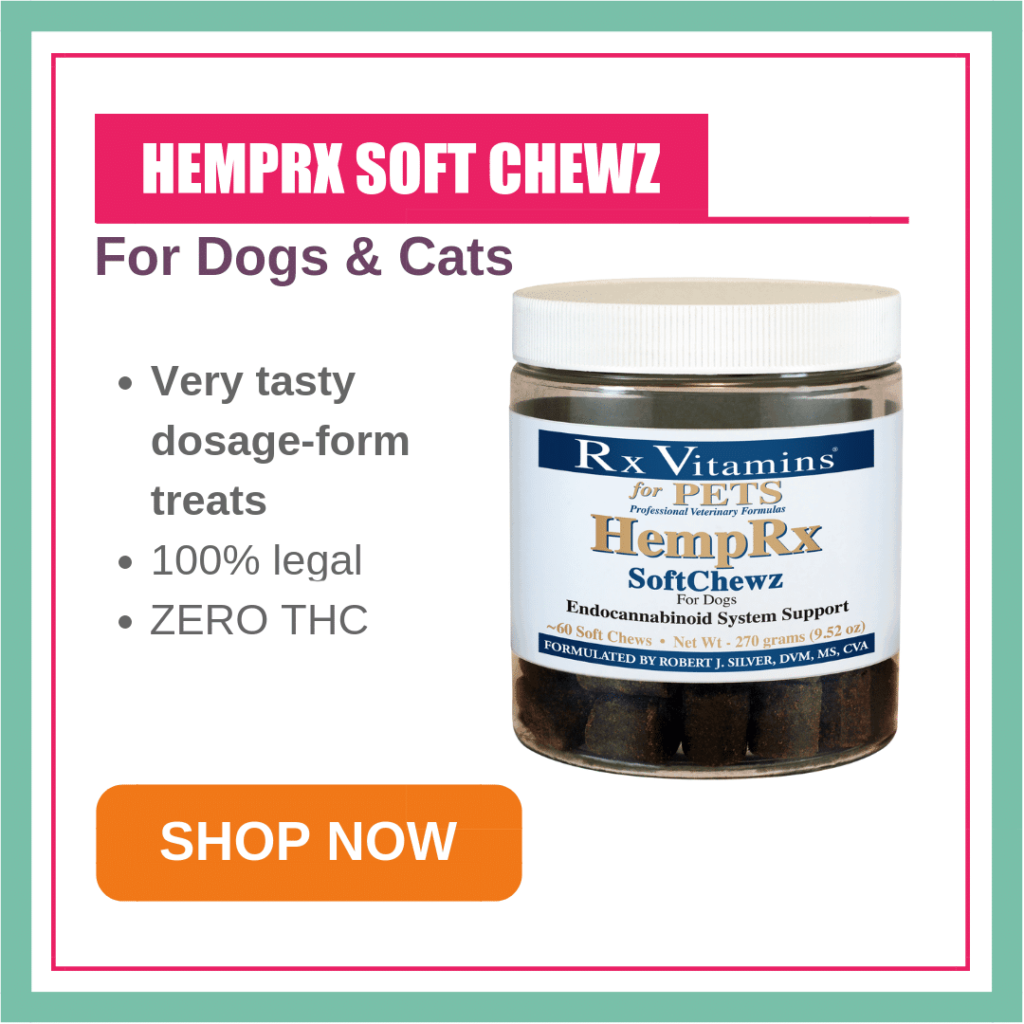

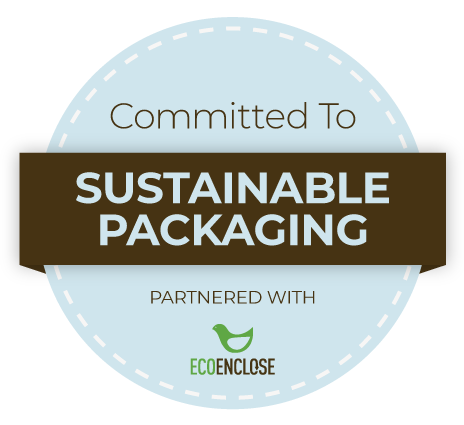
6 thoughts on “What should I feed my dog?”
You some how failed to answer the question in your headline…what BRANDS do you recommend . I have a 45 pounder and an 8 pounder. I like to feed them the same food, and I typically feed them raw along with kibble but I am not sure what kibble is the best. There are so many that it is difficult to choose.
Hi Deborah. You are so right. Choosing a food can be really difficult with so many options out there. There is a link in the bottom portion of the blog that has some of Dr. Angie’s favorite brands. You can access that information here. In addition to those brands, we really like Open Farm, I and Love and You, and Viva Raw. For Viva Raw, you can use the coupon code DRANGIE for 25% off! I hope this helps and we’d love to know what food you land on and how your pups like it. Warmly, JoJo
Hey there! What are your thoughts on The Farmers Dog fresh food company? I’ve had my dog on this diet for awhile but am wondering if there’s a better company to switch to, or what I should look out for in a fresh food company- thank you!
Hi Rosalie,
The Farmers Dog is a great brand!
We also LOVE Open Farm, if you haven’t checked them out!
Hugs,
Claire
I’m curious what your opinion is on pulses (peas, lentils, sweet potatoes, etc.) in grain-free dog food. My vet says that it increases risk of a heart condition and that I need to feed my dog a food that has grains instead. I can’t tell if the research on this is unbiased and would love to know what you think. Thanks!
Hi Samantha,
Great question!
Here is Dr. Angie’s full thoughts on grain free diets. I hope it helps!
Warmly
Claire